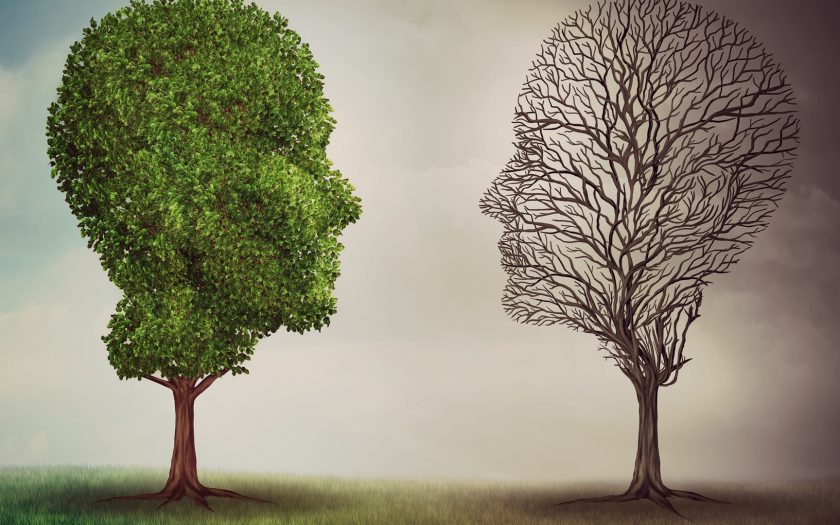Mental affective features of people have always attracted attention. What is a bipolar disorder? It is Emotional swings from euphoria to the feeling of falling into the abyss of exhausting minds and thoughtful thoughts, feeling emptiness and hopelessness.
Bipolar disorder. What is it?
All people occasionally experience mood swings, but they do not have such an intensity of emotions that are characteristic of those suffering from bipolar disorder. Bipolar disorder is a severe disorder of the psyche, previously was called in psychiatry as a “manic-depressive psychosis”. In the classical version, these are two alternating phases: manic and depressive, each can last for several years.
The causes
In childhood, it is difficult to diagnose, however, the disease is diagnosed in 2% of children and adolescents. The highest frequency of initial detection of the disease (50%) falls on the age of 21-45 years. The bipolar disorder of the psyche is an endogenous disease, the causes of which are not fully disclosed and are hidden in many factors:
- Genetic predisposition (80%). Detecting of this cause is extremely difficult, as it is often an individual combination of genes that is combined with other provocative factors;
- Disruption in the work of the brain: imbalance in the synthesis of neurotransmitters (dopamine, serotonin, norepinephrine),
- Hormonal imbalance;
- Influence of environmental factors (20%): frequent stress and susceptibility to them, heart attacks and strokes, psychoactive substance abuse (alcohol, drugs, medicines);
- Children with a predisposition to bipolar disorder can be born in age-old parents;
- Unidentified etiology of the disease. Scientists are waiting for new discoveries in order to find more effective treatment because there are cases where it is impossible to find the cause of the disease.
Symptoms
The most common manifestations are suddenly alternating phases of mania and depression throughout life. The duration of “light periods” between phases is individual; it can last up to several years.
Mania – a pronounced phase of becoming euphoria, excited state and increased optimism. It usually ends with the return of a person to a normal state with some degree of inhibition.
Signs of bipolar disorder in the manic phase:
- Euphoria, elevated mood, emotions overwhelmed, awakening a huge love for people and the world, the mania of grandeur;
- Scattered attention, difficult to concentrate;
- Fast language, in a conversation chaotic jumping from one theme to another, in the future inconsistency of language;
- Feelings of their own invulnerability, involve themselves in various dangerous situations (drugs, walking on cornices);
- Sleep disturbance;
- An increase in mental excitement, aggressiveness;
- Increased sexual activity.
Periods of depression may last longer and occur more often, it is difficult to manage. These periods are manifested by a reduced mood, a feeling of helplessness, unnecessariness.
How to treat bipolar disorder?
Bipolar psychiatric disorder is treated with the use of a wide range of medicines.
In the depressive phase, antidepressants are used – Clonil, Lithicarb FC.
In the manic phase – neuroleptics, antipsychotics (Largactil, Lithosun), anticonvulsants are used.

